3-Day Local Adventure in Uluru-Kata Tjuta National Park
Uluru-Kata Tjuta National Park, Australia
3 days





About Uluru-Kata Tjuta National Park, Australia
Experience the heart of Australia at Uluru-Kata Tjuta National Park. This UNESCO World Heritage site is home to the iconic Uluru (Ayers Rock) and Kata Tjuta (The Olgas), both sacred to the Anangu people. Immerse yourself in Aboriginal culture with guided tours, art workshops, and traditional bush tucker tastings. Witness the breathtaking transformation of Uluru at sunrise and sunset, when the rock changes color from ochre to deep red. Explore the diverse flora and fauna on a variety of walking trails, including the challenging Uluru base walk or the scenic Valley of the Winds walk. Don't miss the Field of Light installation, a mesmerizing display of 50,000 lights illuminating the desert. Uluru-Kata Tjuta National Park is a must-visit destination for its cultural significance, natural beauty, and unforgettable experiences.
3-Day Itinerary
Day 2
Cultural Centre Visit and Kata Tjuta Dunes Tour
Morning
Start the day with a visit to the Cultural Centre to learn about Anangu culture and the park's natural environment. The centre offers a range of displays and exhibits.
Lunch
Have a picnic lunch at the designated picnic area near the Cultural Centre.
Afternoon
Take a guided tour of the Kata Tjuta Dunes. The walk is a 2.6km return trip and offers stunning views of the desert landscape.
Dinner
Enjoy a self-cooked dinner at your campsite, under the stars.
Evening
Join the Astronomy Tour to learn about the southern night sky. The tour includes a guided walk and a telescope viewing.
Day 3
Sunrise Viewing and Valley of the Winds Walk
Morning
Start your final day with a sunrise viewing at the Kata Tjuta dune viewing area. This spot offers a breathtaking view of the Kata Tjuta domes.
Lunch
Enjoy a packed lunch while taking in the stunning views of the park.
Afternoon
Embark on the Valley of the Winds Walk. This challenging 7.4km walk takes you through the domes of Kata Tjuta and into the heart of the Valley of the Winds.
Dinner
Cook your own dinner at the designated BBQ areas in the park. Enjoy the tranquility of the park at night.
Evening
End your adventure with a quiet evening at your campsite, reflecting on the beauty and majesty of Uluru-Kata Tjuta National Park.
Attractions in Itinerary (7)

1Talinguru Nyakunytjaku
Talinguru Nyakunytjaku is a popular viewing area in Uluru-Kata Tjuta National Park, offering panoramic views of both Uluru and Kata Tjuta. It's a must-visit for photographers and nature lovers.

2Uluru Base Walk
Uluru Base Walk is a guided tour that takes visitors around the base of Uluru, offering a closer look at this iconic Australian landmark and its cultural significance.

3Field of Light
Field of Light is a mesmerizing light installation near Uluru, created by artist Bruce Munro. It's a unique and unforgettable experience for visitors.

4Cultural Centre
The Cultural Centre is the perfect first stop for visitors to the park. Here you can learn about Anangu culture and the park’s natural environment through displays and free presentations.

5Kata Tjuta Dunes
Kata Tjuta Dunes are a popular attraction in Uluru-Kata Tjuta National Park, offering stunning views of the Kata Tjuta rock formations and the surrounding landscape.

6Astronomy Tour
The Astronomy Tour in Uluru-Kata Tjuta National Park offers a guided stargazing experience, providing insights into the southern hemisphere's night sky.

7Valley of the Winds Walk
Valley of the Winds Walk is a scenic hiking trail in Kata Tjuta, offering stunning views of the rock formations and the surrounding landscape.
Local Food and Drinks (10)

Kangaroo Meat
A popular and sustainable meat source in Australia, kangaroo meat is lean and rich in protein. It's often served as steaks, in a burger, or in sausages at Uluru-Kata Tjuta National Park.

Barramundi
A native Australian fish, Barramundi is a must-try for seafood lovers. It's often grilled or pan-fried and served with a variety of sauces.

Damper
A traditional Australian bread, Damper is made without yeast and typically baked in the coals of a campfire. It's a staple food in the outback.

Macadamia Nuts
Native to Australia, Macadamia Nuts are a delicious and healthy snack. They're often eaten raw or roasted, and are also used in a variety of dishes.

Quandong
Quandong is a native Australian fruit, often referred to as 'wild peach'. It's used in a variety of dishes, from desserts to sauces and chutneys.
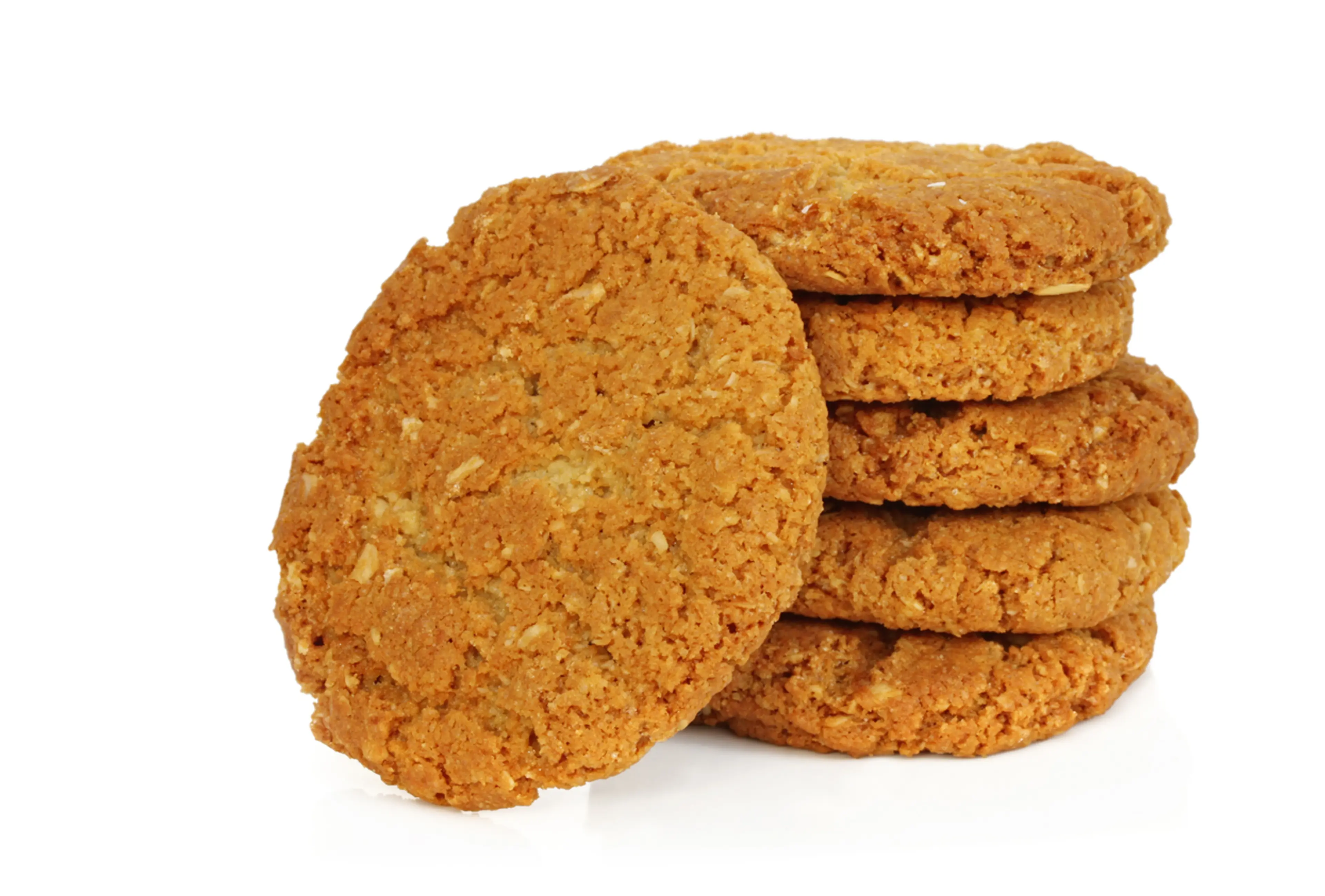
Anzac Biscuits
A sweet biscuit, popular in Australia, made from oats, flour, golden syrup, sugar, butter, baking soda, and boiling water. It's often enjoyed with a cup of tea or coffee.

Lamingtons
A popular Australian dessert, Lamingtons are squares of sponge cake coated in chocolate and desiccated coconut.

Billy Tea
A traditional Australian tea, Billy Tea is brewed over a campfire in a metal can, or 'billy'. It's a staple drink in the outback.
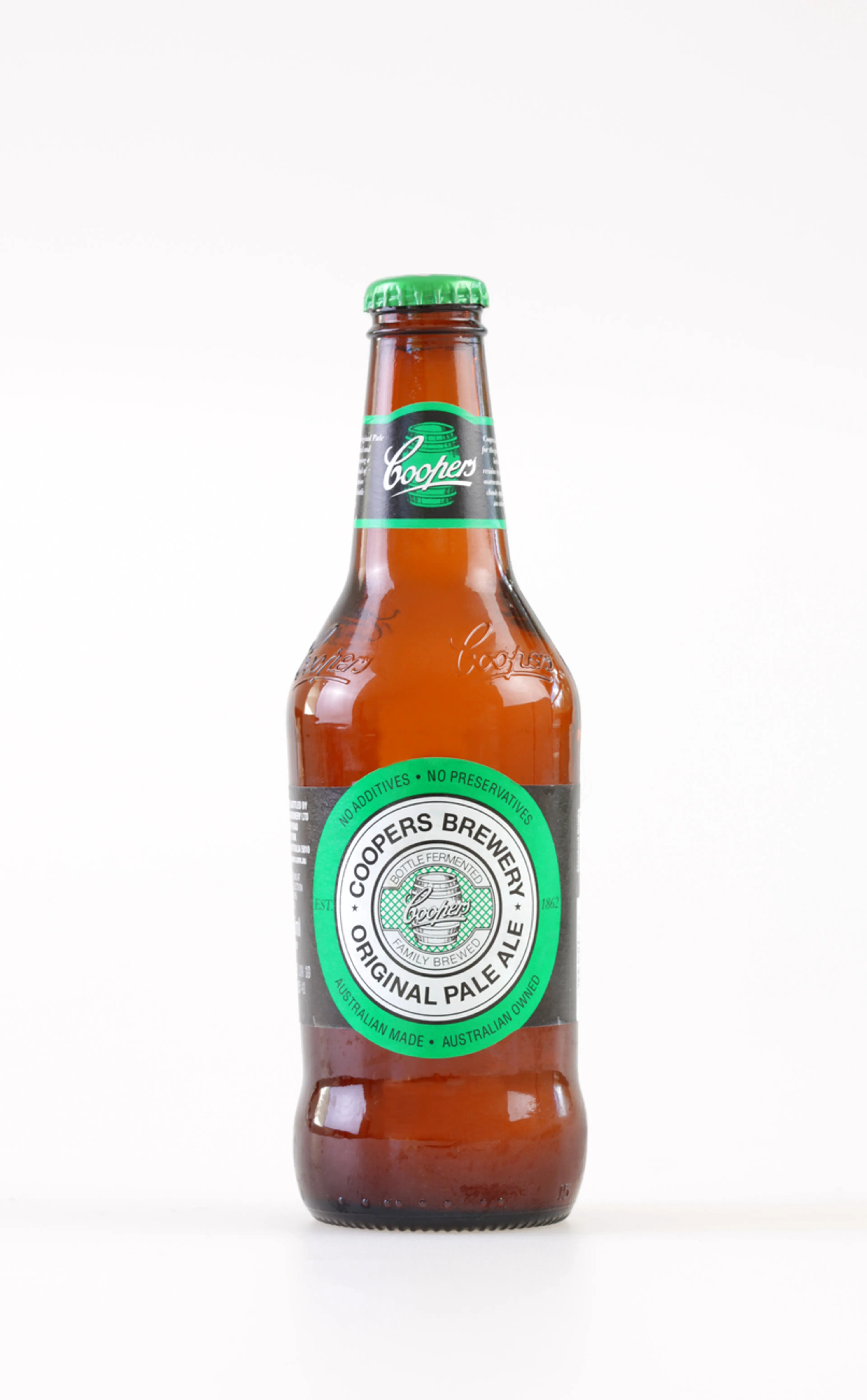
Coopers Pale Ale
A popular Australian beer, Coopers Pale Ale is a refreshing drink often enjoyed after a day of exploring the national park.
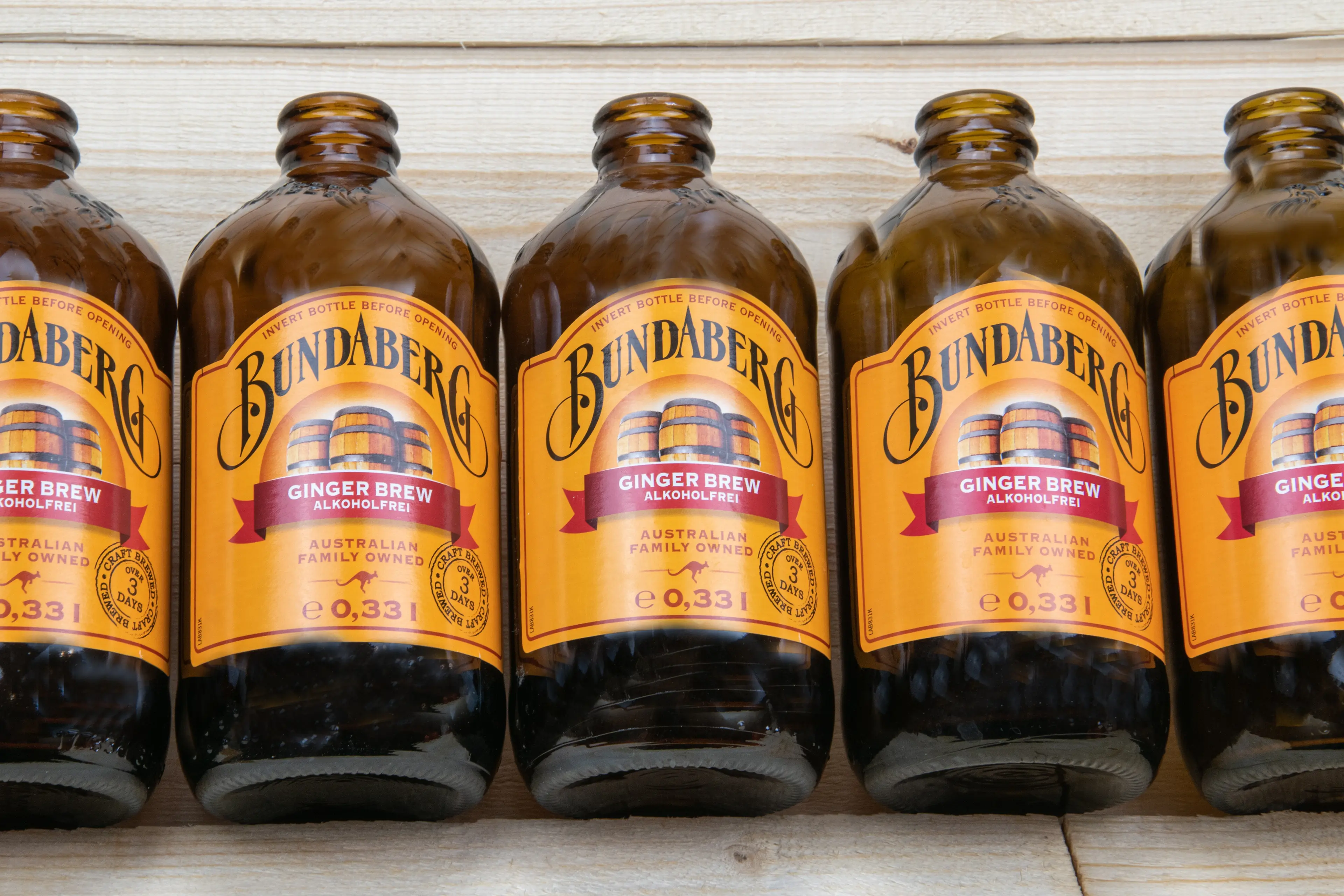
Bundaberg Ginger Beer
A non-alcoholic beverage, Bundaberg Ginger Beer is a popular Australian soft drink made from locally grown ginger and sugar cane.
Best time to visit
The best time to visit Uluru-Kata Tjuta National Park in Australia is during the cooler months of May to September. During this period, daytime temperatures are more comfortable, typically ranging from 20-30°C (68-86°F). This is also the dry season, so there's less chance of rain interrupting your outdoor activities. However, keep in mind that nights can be chilly, so pack accordingly. This is also the peak tourist season, so booking in advance is recommended.
How to get around
Car
Uluru-Kata Tjuta National Park is accessible by car. It's a great way to explore the park at your own pace. There are several car rental companies available at the Ayers Rock Airport.
Coach Tours
There are several coach tour operators that offer day trips and multi-day tours to Uluru-Kata Tjuta National Park. These tours often include guided walks, sunset and sunrise viewings, and meals.
Shuttle Bus
The Ayers Rock Resort operates a free shuttle bus that circulates between the resort, the town square, and the entrance to the park. It's a convenient way to get around if you're staying at the resort.
Cycling
Cycling is a popular way to get around Uluru. There's a 15km cycle path that runs from the Cultural Centre to the base of Uluru. Bicycles can be rented from the resort.
Camel Tours
For a unique transport experience, consider a camel tour. These tours offer a unique perspective of the park's landscape and are a fun way to get around.
Helicopter Tours
Helicopter tours offer a bird's eye view of Uluru and Kata Tjuta. It's a fantastic way to appreciate the scale and beauty of these natural wonders.
Ridesharing
Ridesharing services are not commonly used in the Uluru-Kata Tjuta National Park area due to its remote location. However, you may be able to arrange private rideshares with other visitors through online travel forums.
Guided Walks
Guided walks are a great way to explore Uluru-Kata Tjuta National Park. They offer an opportunity to learn about the park's cultural significance and natural history from knowledgeable guides.
Segway Tours
Segway tours are a fun and eco-friendly way to explore the base of Uluru. These tours include a guide who provides commentary on the park's cultural and natural history.
Important information
Currency$ AUD
Time zoneUTC+10
Driving sideLeft
Emergency phone000 (112 on cell phone)
Drinking waterYes
Power sockets
Voltage230 V
Things to know about Uluru-Kata Tjuta National Park, Australia as a first time visitor
1
Uluru-Kata Tjuta National Park is a UNESCO World Heritage site.
2
The park is jointly managed by the Anangu people and Parks Australia.
3
The park is open from sunrise to sunset, and overnight stays are not permitted.
4
The park's weather can be extreme, with summer temperatures often exceeding 36 degrees Celsius (97 degrees Fahrenheit) and winter nights that can drop below 0 degrees Celsius (32 degrees Fahrenheit).
5
It's important to stay hydrated. Carry and drink at least one liter of water per hour of walking.
6
Wear appropriate clothing for the weather, including a hat, sunglasses, and sunscreen.
7
The park is home to a variety of wildlife, including kangaroos, dingoes, and numerous bird species.
8
Climbing Uluru is considered disrespectful to the Anangu people and is now prohibited.
9
Photography is allowed in the park, but there are certain sacred sites where it is prohibited.
10
There are several walking trails of varying difficulty throughout the park.
11
Guided tours are available and can provide valuable insight into the park's cultural and natural significance.
12
The park has a visitor center, where you can learn more about the park's history and significance.
13
It's important to stay on marked paths to protect the park's delicate ecosystem.
14
The park has strict rules about littering. Make sure to carry out all trash and leave no trace.
15
Fires are not permitted in the park.
16
Camping is not allowed within the park, but there are several campgrounds nearby.
17
The park is located in a remote area, and it's recommended to carry a first aid kit.
18
Cell phone service can be spotty in the park, so plan accordingly.
19
The park has a 'fly-in, fly-out' policy, meaning you cannot arrive or depart by car on the same day.
20
The park's entrance fee is $25 AUD for adults, and tickets are valid for three days.
Packing List
Clothing
Lightweight clothing
Long-sleeved shirts
Long pants
Underwear
Socks
Comfortable walking shoes
Hat or cap
Sunglasses
Swimsuit
Jacket or sweater for cooler evenings
Toiletries
Toothbrush and toothpaste
Shampoo and conditioner
Body wash or soap
Deodorant
Razor and shaving cream
Sunscreen
Insect repellent
First-aid kit
Prescription medications
Hand sanitizer
Travel documents and essentials
Passport
Driver's license or ID card
Credit and debit cards
Cash and coins
Health insurance card
Travel insurance documents
Hotel and car rental reservations
Emergency contacts and important addresses
Electronics and gadgets
Smartphone
Charger for smartphone
Power bank
Digital camera
Charger for digital camera
Memory cards for digital camera
Travel adapter
Miscellaneous items
Snacks and water bottle
Books or e-books for leisure reading
Travel pillow and blanket
Earplugs and eye mask
Travel guide and maps
Binoculars
Notebook and pen
Reusable shopping bag
Weather Conditions
Visiting Uluru-Kata Tjuta National Park in Australia can be an incredible experience, but it's essential to be prepared for the weather conditions. This region experiences a desert climate, which means it can get extremely hot during the day and quite cold at night. In the summer months (December to February), temperatures can reach up to 104°F (40°C), so it's crucial to stay hydrated and protect yourself from the sun. Wear light, breathable clothing, a wide-brimmed hat, and apply plenty of sunscreens. Also, plan your activities for early morning or late afternoon when the sun is less intense. During the winter months (June to August), daytime temperatures are more comfortable, ranging between 68°F and 77°F (20°C - 25°C). However, nighttime temperatures can drop to around 32°F (0°C), so pack warm clothing for the evenings. Regardless of when you visit, always carry plenty of water with you. The dry desert air can dehydrate you quickly, even in cooler temperatures. Also, remember that weather can change rapidly in the desert. Check the local forecast before heading out for the day and be prepared for sudden changes in conditions. Lastly, respect the park's rules and guidelines to protect the environment and ensure your safety. Enjoy your visit to this unique and beautiful part of Australia!
| Month | Hi / Lo (°C) | Weather Overview |
|---|---|---|
January | 45° / 21° | January is the hottest month in Uluru-Kata Tjuta National Park, with temperatures reaching up to 45°C. It's also the peak of the rainy season, so be prepared for potential showers. |
February | 43° / 20° | February is still quite hot, with temperatures ranging from 20°C to 43°C. Rainfall is less frequent than in January, but still possible. |
March | 40° / 17° | March sees a slight drop in temperatures, ranging from 17°C to 40°C. The weather is generally dry, making it a good time for outdoor activities. |
April | 35° / 13° | April is the start of the cooler season, with temperatures ranging from 13°C to 35°C. The weather is generally dry and pleasant for outdoor activities. |
May | 30° / 8° | May is a great time to visit Uluru-Kata Tjuta National Park, with temperatures ranging from 8°C to 30°C. The weather is dry and the park is less crowded. |
June | 25° / 5° | June is the coolest month, with temperatures ranging from 5°C to 25°C. It's a great time to visit if you prefer cooler weather. |
July | 24° / 4° | July is similar to June, with temperatures ranging from 4°C to 24°C. It's a great time to visit if you prefer cooler weather. |
August | 28° / 6° | August sees a slight increase in temperatures, ranging from 6°C to 28°C. The weather is dry and the park is less crowded. |
September | 33° / 10° | September is the start of the warmer season, with temperatures ranging from 10°C to 33°C. The weather is generally dry and pleasant for outdoor activities. |
October | 38° / 15° | October is a great time to visit Uluru-Kata Tjuta National Park, with temperatures ranging from 15°C to 38°C. The weather is dry and the park is less crowded. |
November | 41° / 18° | November sees a significant increase in temperatures, ranging from 18°C to 41°C. The weather is generally dry, making it a good time for outdoor activities. |
December | 44° / 20° | December is the start of the hot season, with temperatures ranging from 20°C to 44°C. It's also the start of the rainy season, so be prepared for potential showers. |
Did you know?
Places near by Uluru-Kata Tjuta National Park, Australia

Kings Canyon
A part of the Watarrka National Park, Kings Canyon is a majestic destination featuring 100m high sandstone walls, palm-filled crevices and views that stretch across the desert.

Alice Springs
A vibrant desert community famous for the personality of its locals, the contemporary and traditional art and the natural landscapes.

MacDonnell Ranges
A mountain range and an interim Australian bioregion located in southern Northern Territory, it stretches east and west of Alice Springs.
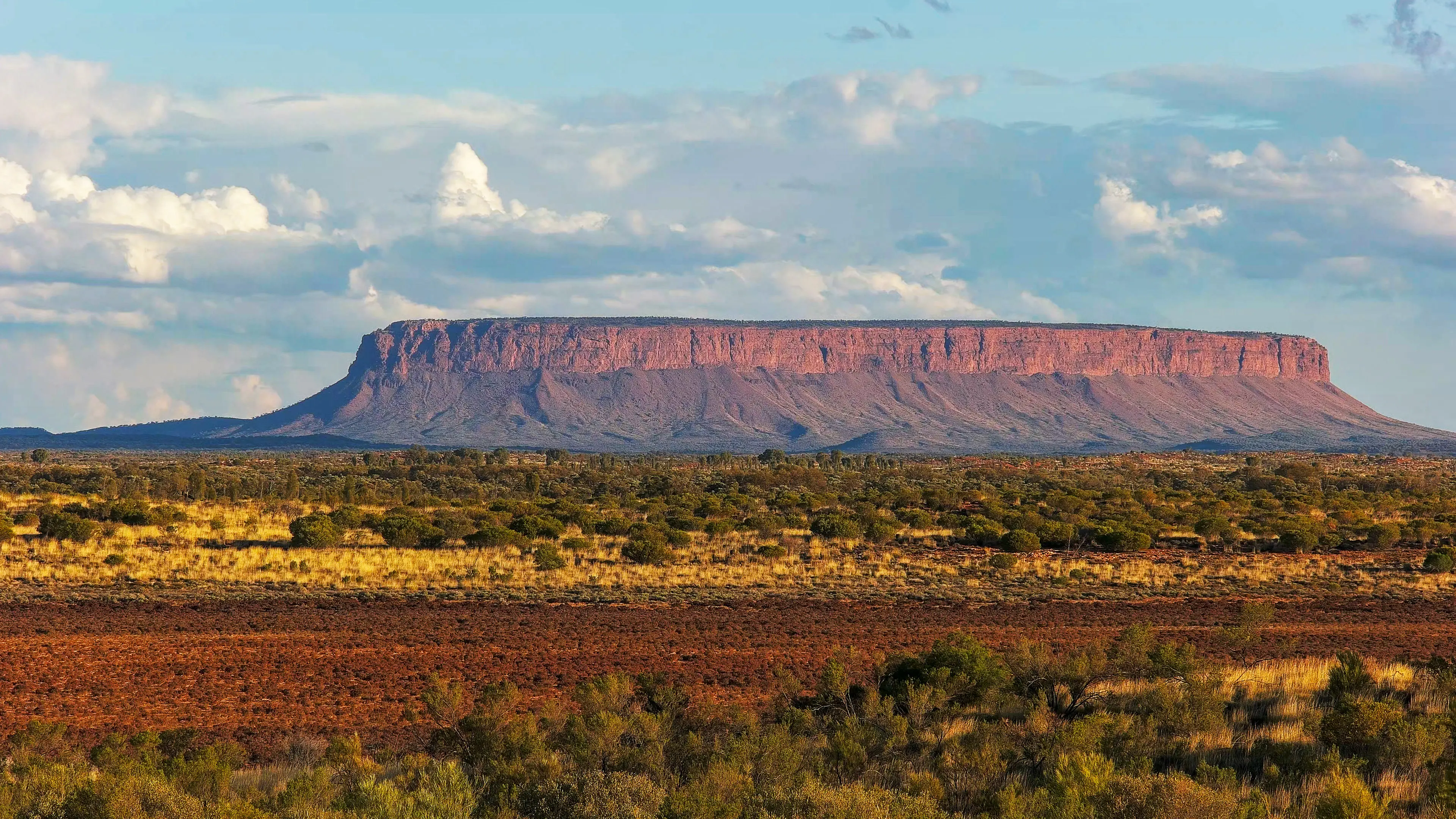
Mount Conner
A flat-topped and horseshoe-shaped inselberg/mesa, part of the same vast rocky substrate thought to be beneath the sand covering the area.
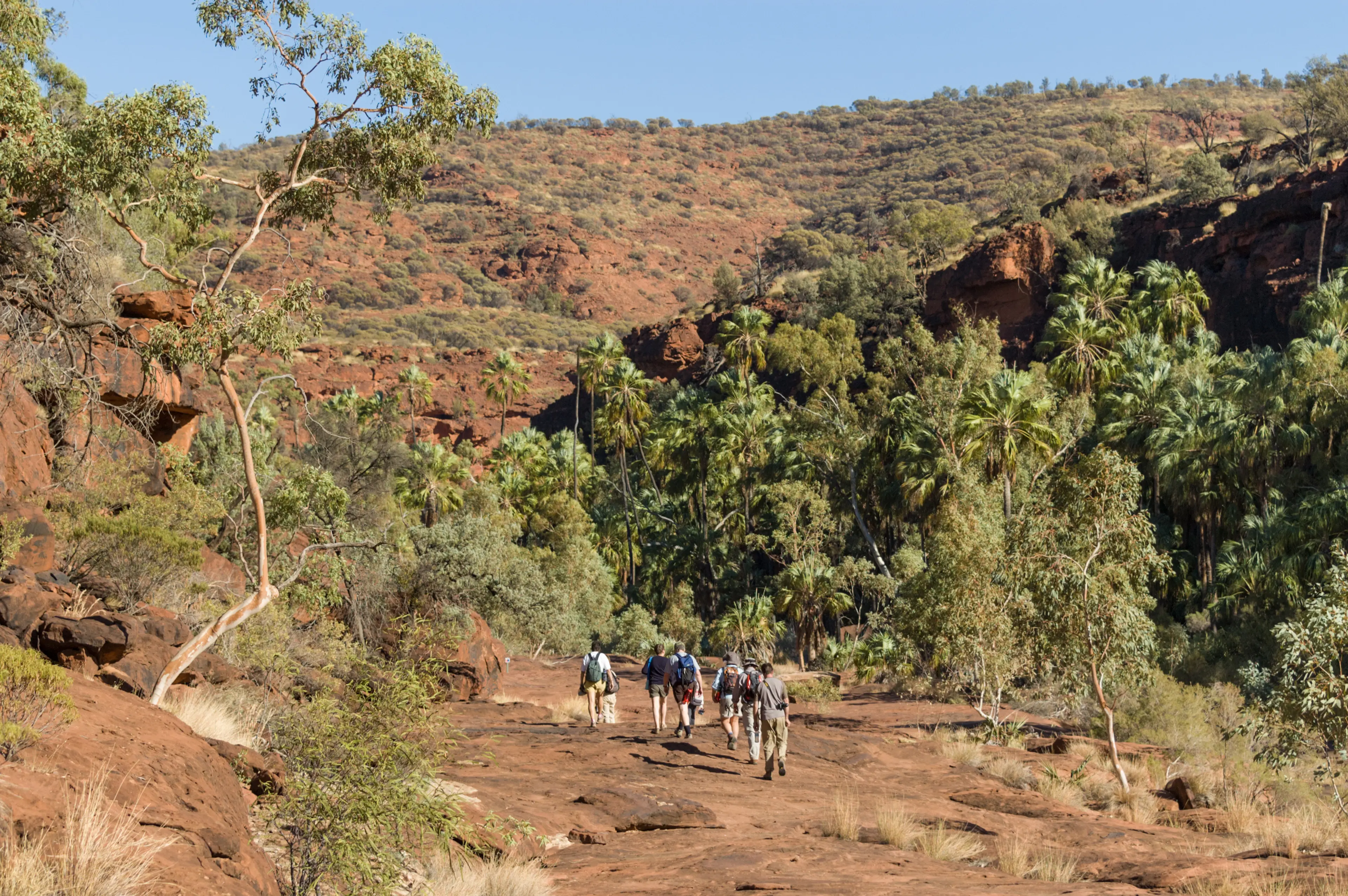
Finke Gorge National Park
A protected area in the Northern Territory of Australia located about 1,318 kilometres south of the territory capital of Darwin. The national park covers an area of 458 square kilometres.
